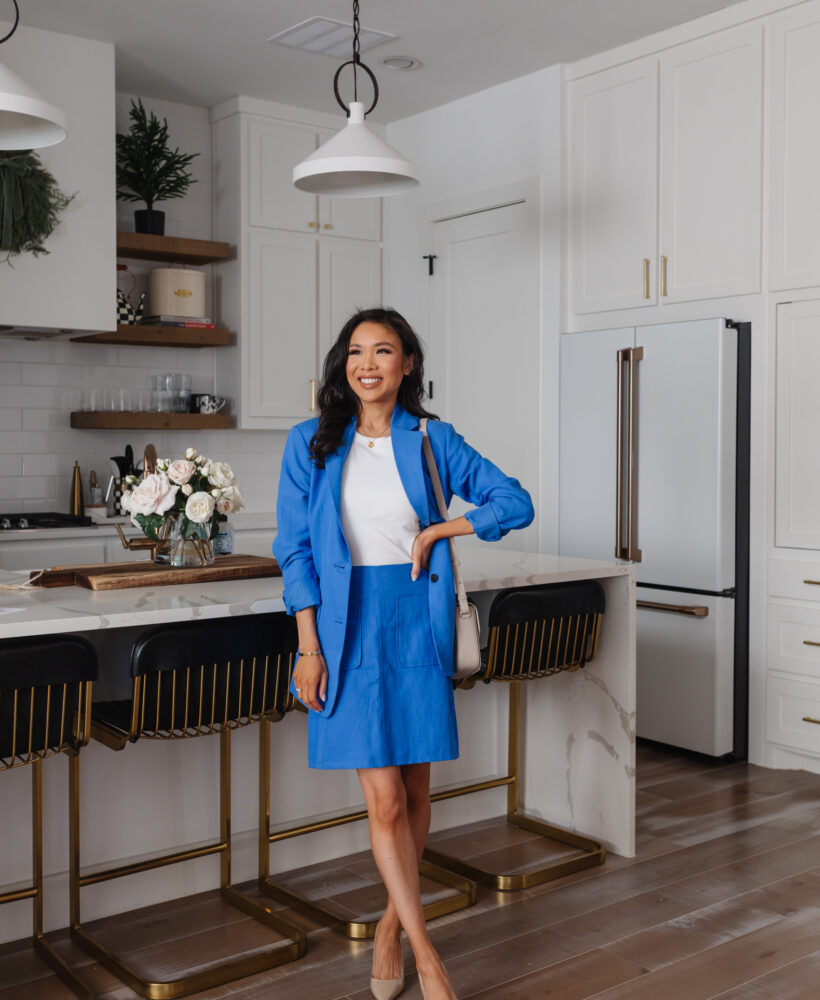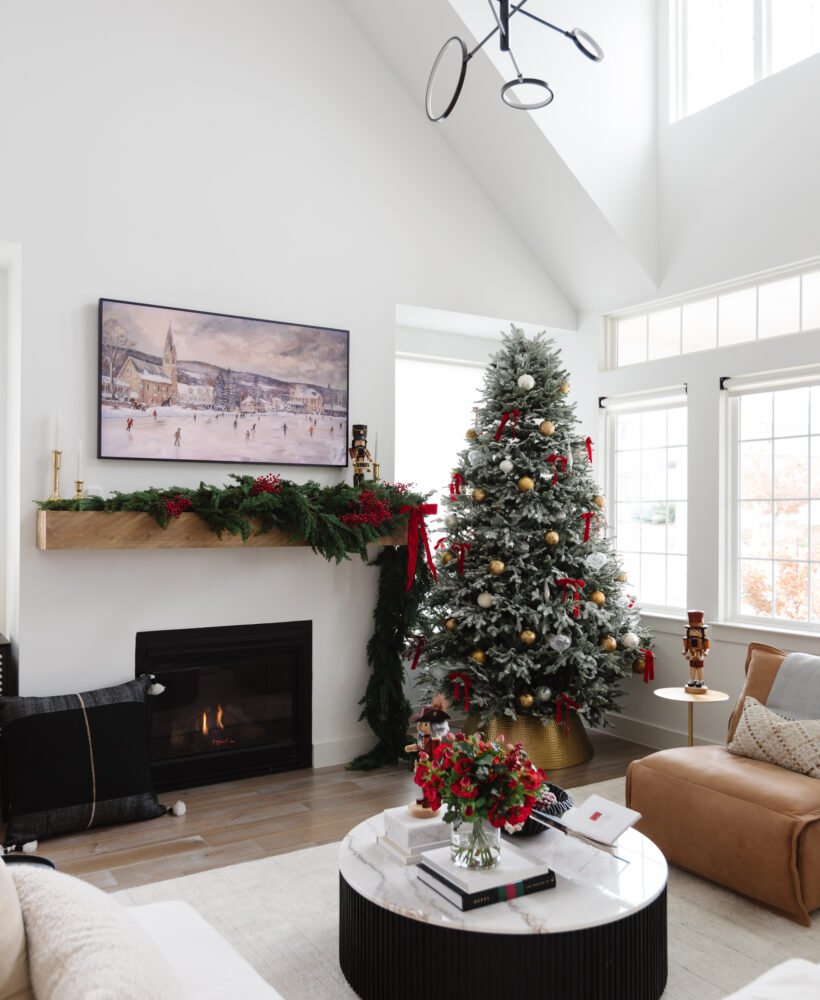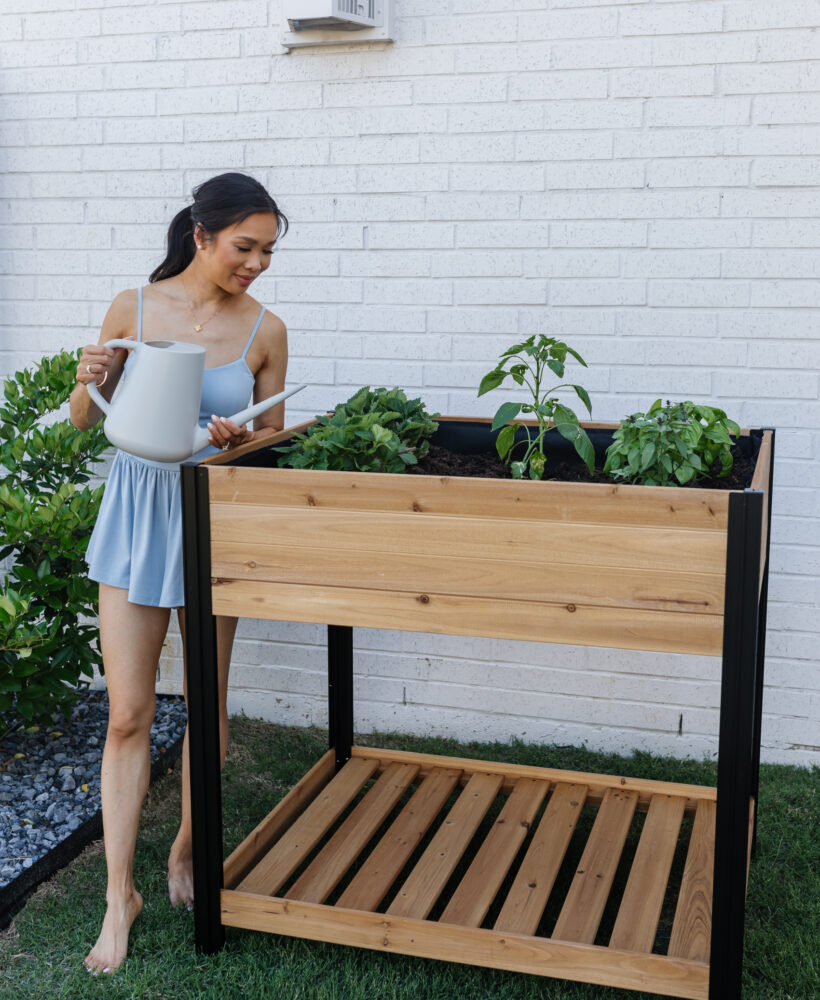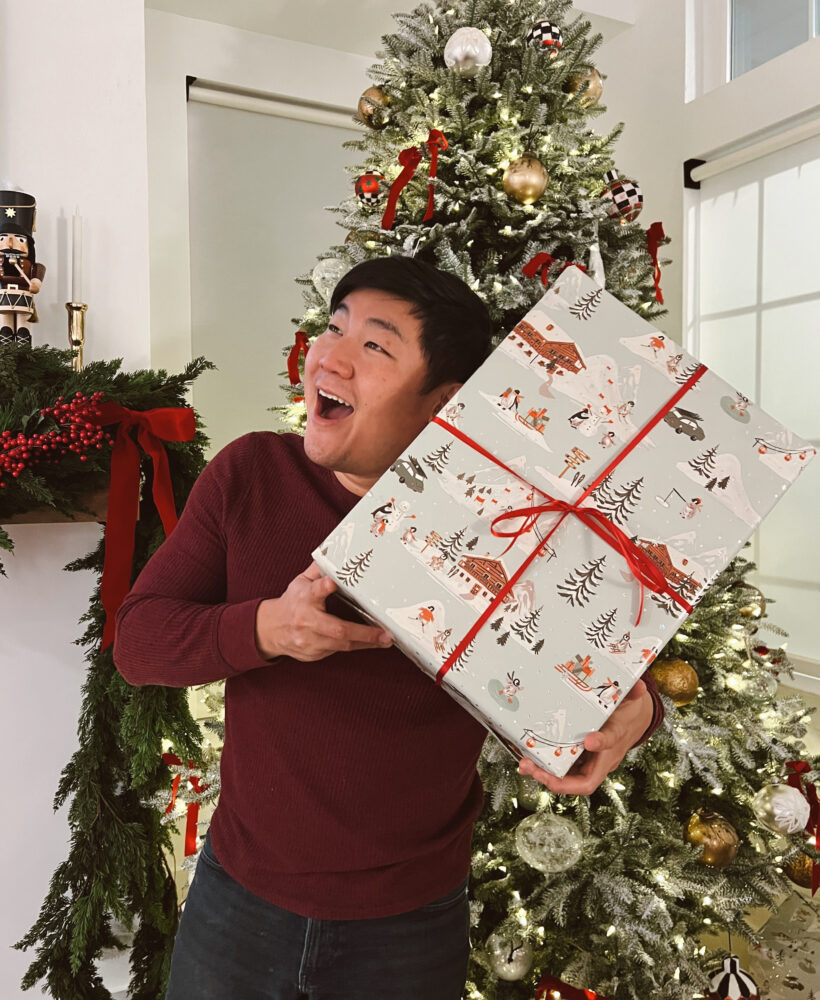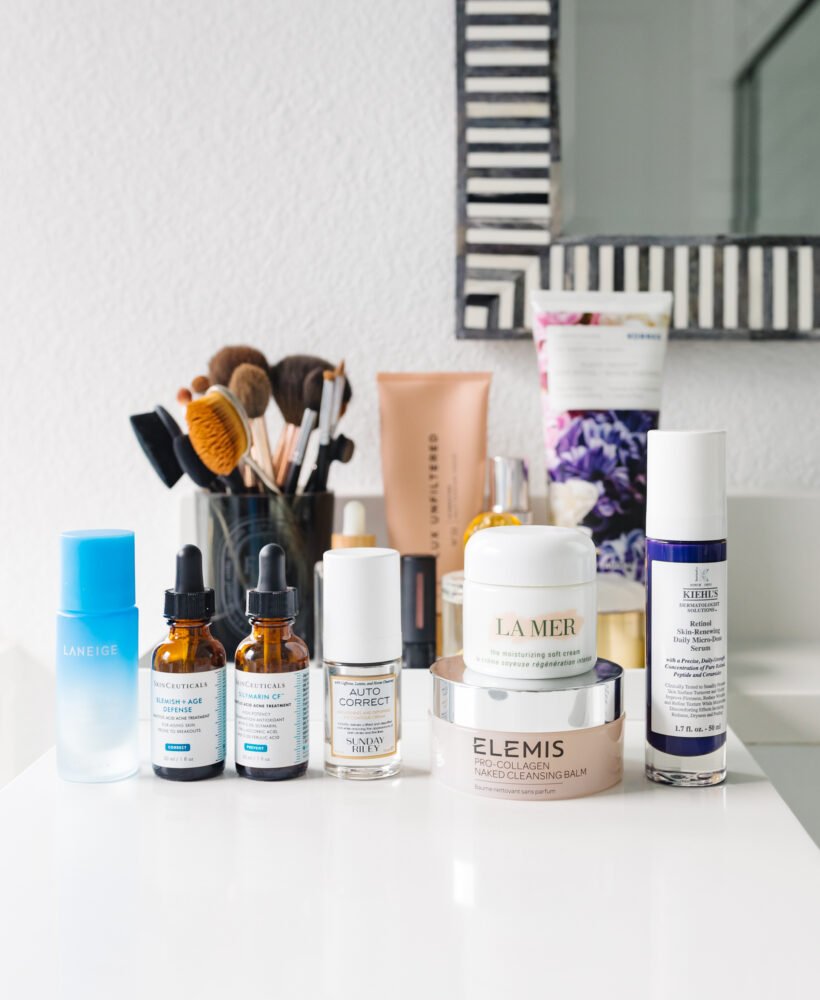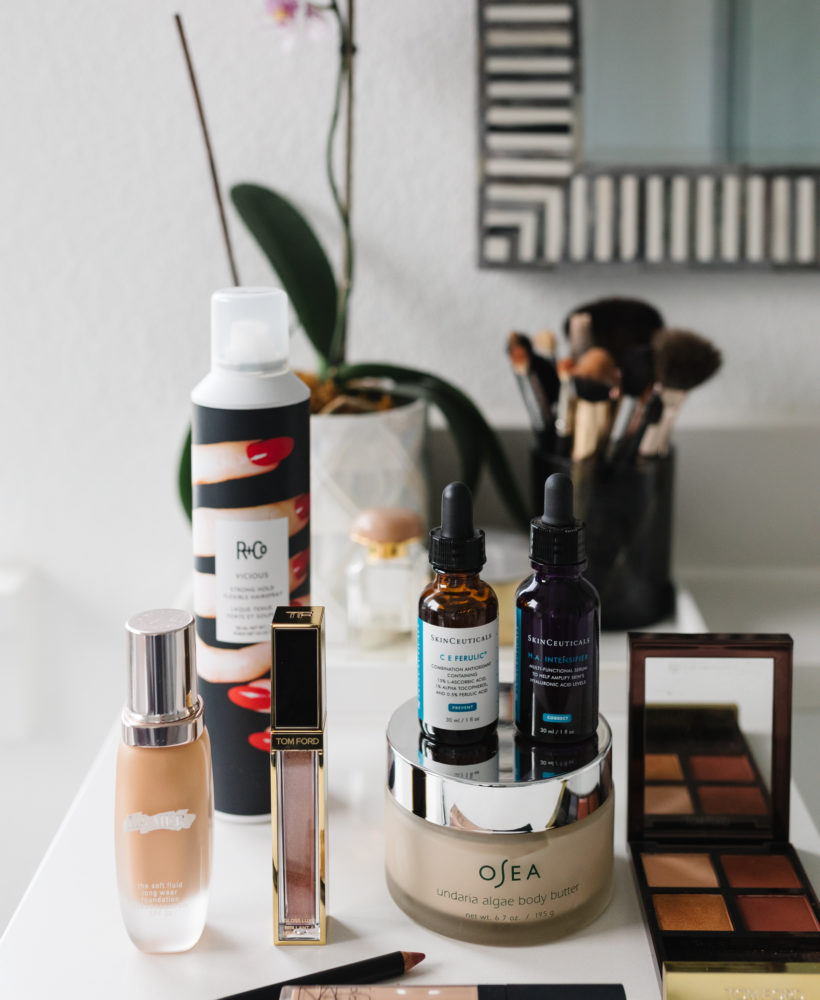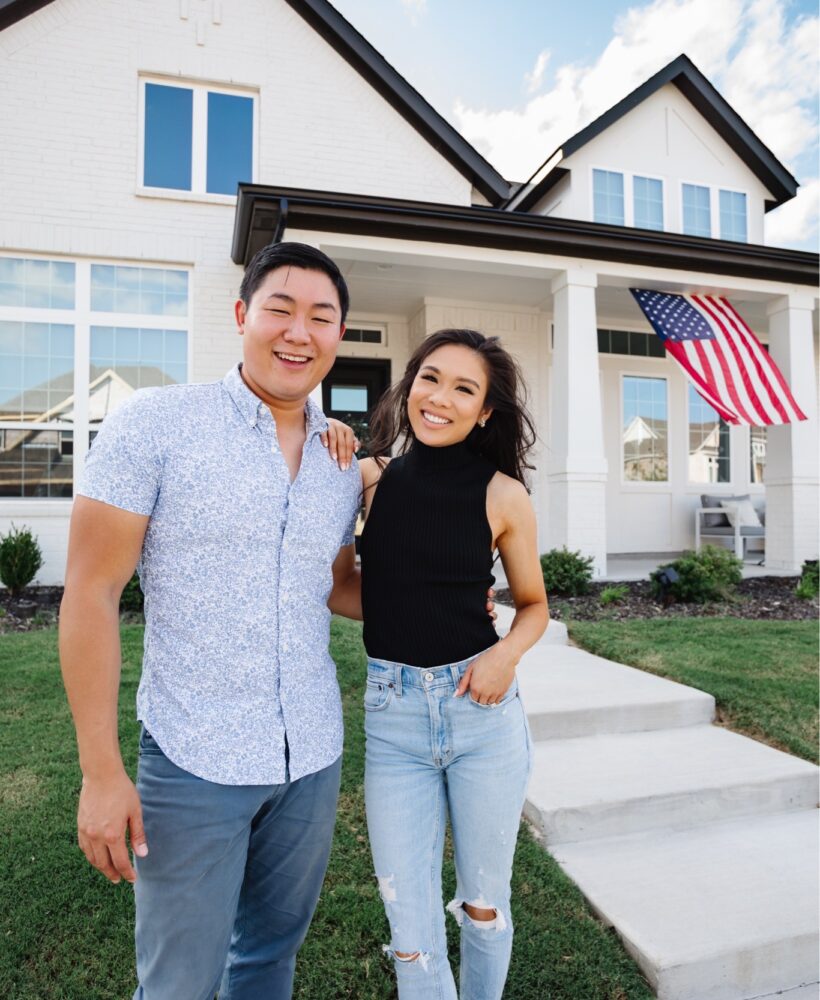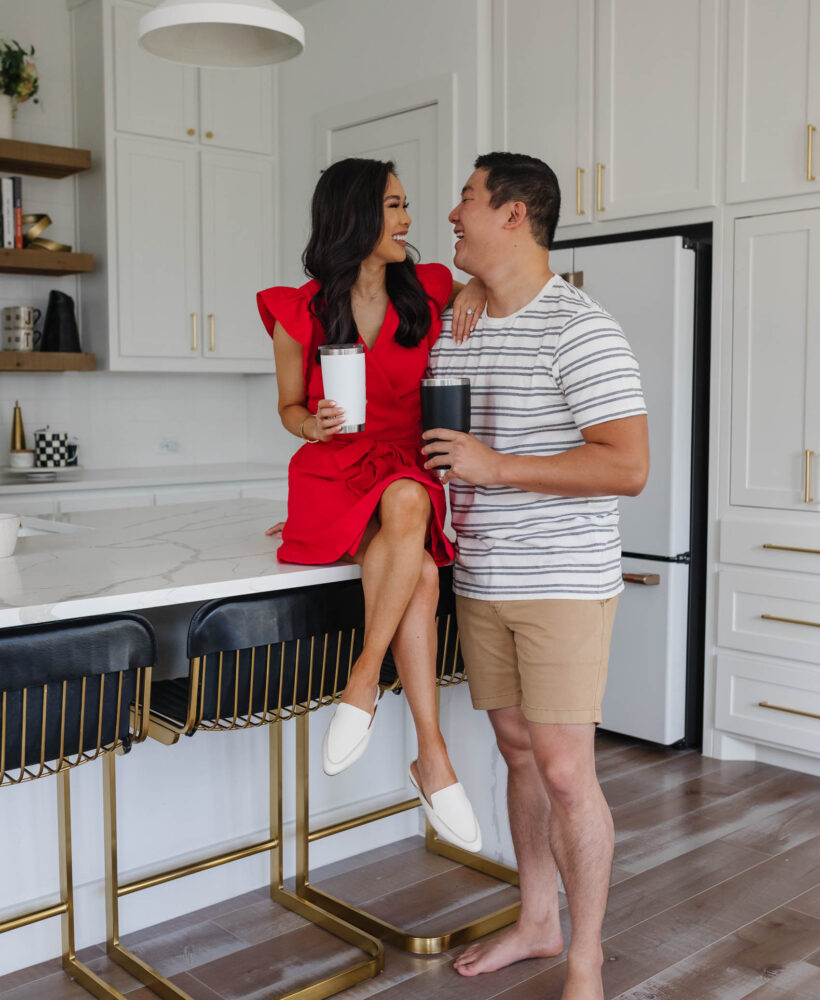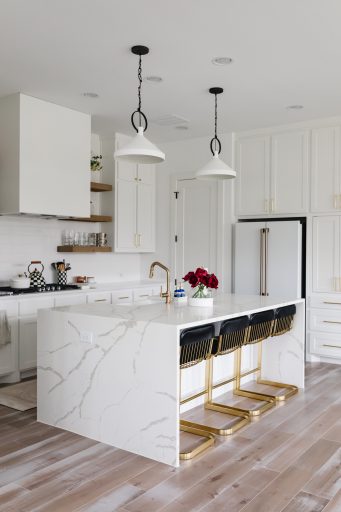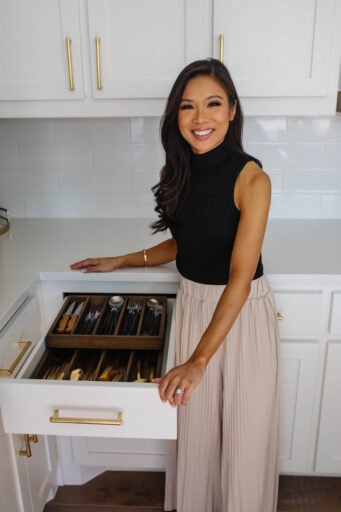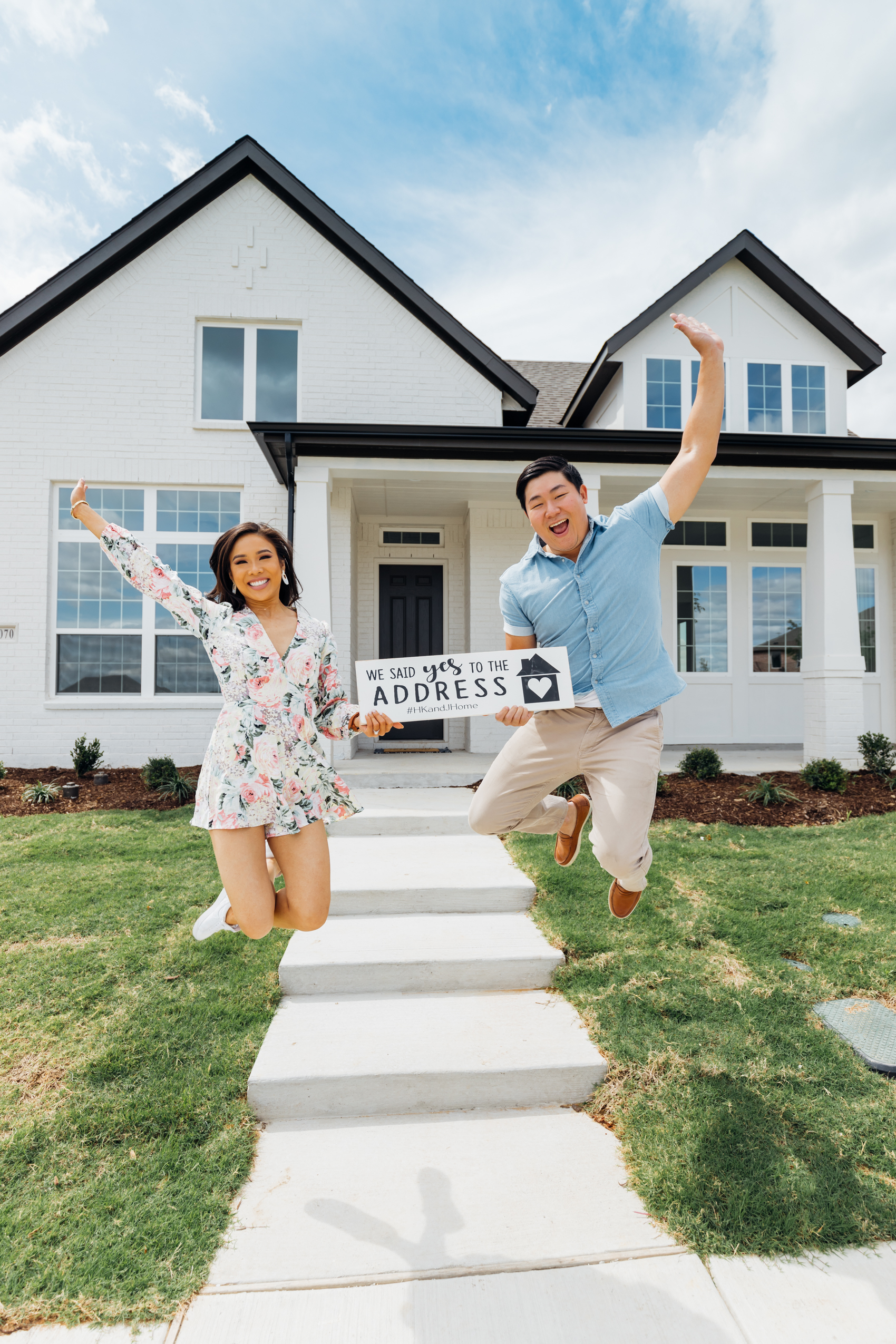
How did we save for a down payment on our house? We get this in DMs the most, so we thought we’d start by helping y’all get on the path to buying your home! We are coming up on the anniversary of building and closing on our very first house together. It’s been wild to reflect on the journey and everything we did to get here. We hope this edition of Money Talks will prepare and inspire you! Here’s how to save for a down payment for your house. Grab your beverage of choice and let’s get to it!
Also, if you’re curious about the finishes on our home (paint colors, etc.) check out this blog post.
We are not financial advisors. The content in this post is for educational purposes only and merely cites our own personal opinions. In order to make the best financial decision suiting your own needs, you must conduct your own research and seek the advice of a licensed financial advisor if necessary. Know all investments involve some form of risk and there is no guarantee that you will be successful in making, saving, or investing money; nor is there any guarantee that you won’t experience any loss when investing. Always remember to make smart decisions and do your own research!
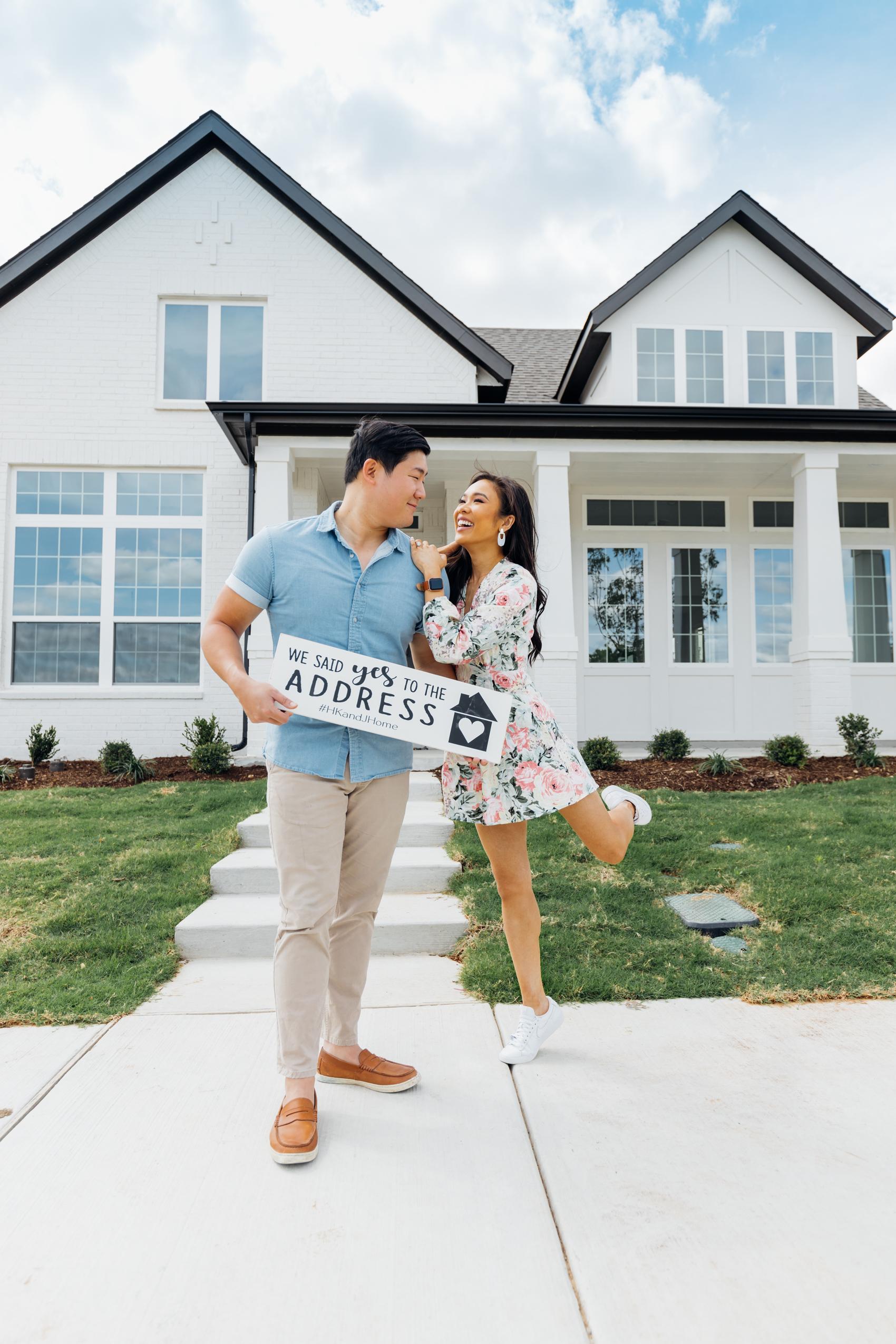
Exploration
Your house is a manifestation of many of your hopes and dreams. Start imagining the parties you’ll host or the loved ones who will come over often. What is important to you? You might imagine raising your kids in this house. What’s important to consider is you’re projecting your future into your home-buying decision. It’s not just about what you need today. We are long-term thinkers and this, without a doubt, prepared us for buying a home that is good for us now and years down the road.
You’re probably thinking, “Then how long into the future should I be planning for?” The average residency in households is for 8-10 years. (https://www.valuepenguin.com/how-long-homeowners-stay-in-their-homes) For us, we envisioned getting married and having our first set of children in our current house. We have plans for how we might transition our office into a nursery in the future.
So how do you see you and your family evolving over the next decade? Where are you going to plant roots? How are you going to use your house?
We had to answer these questions to really hone in on our purchasing requirements. Answering all these questions will help you create a budget for a house best fitting all your needs today and into the future. It is also crucial to remember, you most likely will not get everything you want, so prioritize what’s most important.
Pro tip from Johnny
Figure out your preferences as soon as possible. One thing we did for about three months every weekend was just packing some snacks and drinks and exploring the different neighborhoods on the weekends and touring open houses. This gave us a very distinct taste for what we loved and what we hated. I found out I needed to have a “vaulted ceiling” or a “great room” in the house. My Dad’s house growing up had one and I never really could put into words or real estate lingo why I liked having good height there until we toured a bunch of homes. Hoang-Kim had to have windows and light all throughout the house. What we found exploring open houses was how challenging this was to do while also staying in our budget range.
What you’ll find is once you have a true list of priorities for your house and its future uses, the universe of possibilities gets much easier to sort through. We could spend 30 seconds on a listing or 30 seconds inside a home before saying this one’s potentially it or not after the initial exploration phase.
Note on Exploration
We were both born and raised in the DFW metroplex, so we both had a fairly good idea of neighborhoods, traffic patterns and a lot of intangibles of being in each area. If I had to move to a new city, I’d be doing a lot of primary research on each neighborhood we were thinking about seriously. Using the street view on Google Maps could be extremely insightful in this instance. I’d be asking vendors around the neighborhood about their experiences. I’d talk to the builder. I’d talk to existing neighbors. Nobody understands an area like the people who’ve lived there for almost a decade. You’ll uncover all sorts of things little and big. For us, the biggest AHA! moments have been discovering all the good and bad things we didn’t know about.
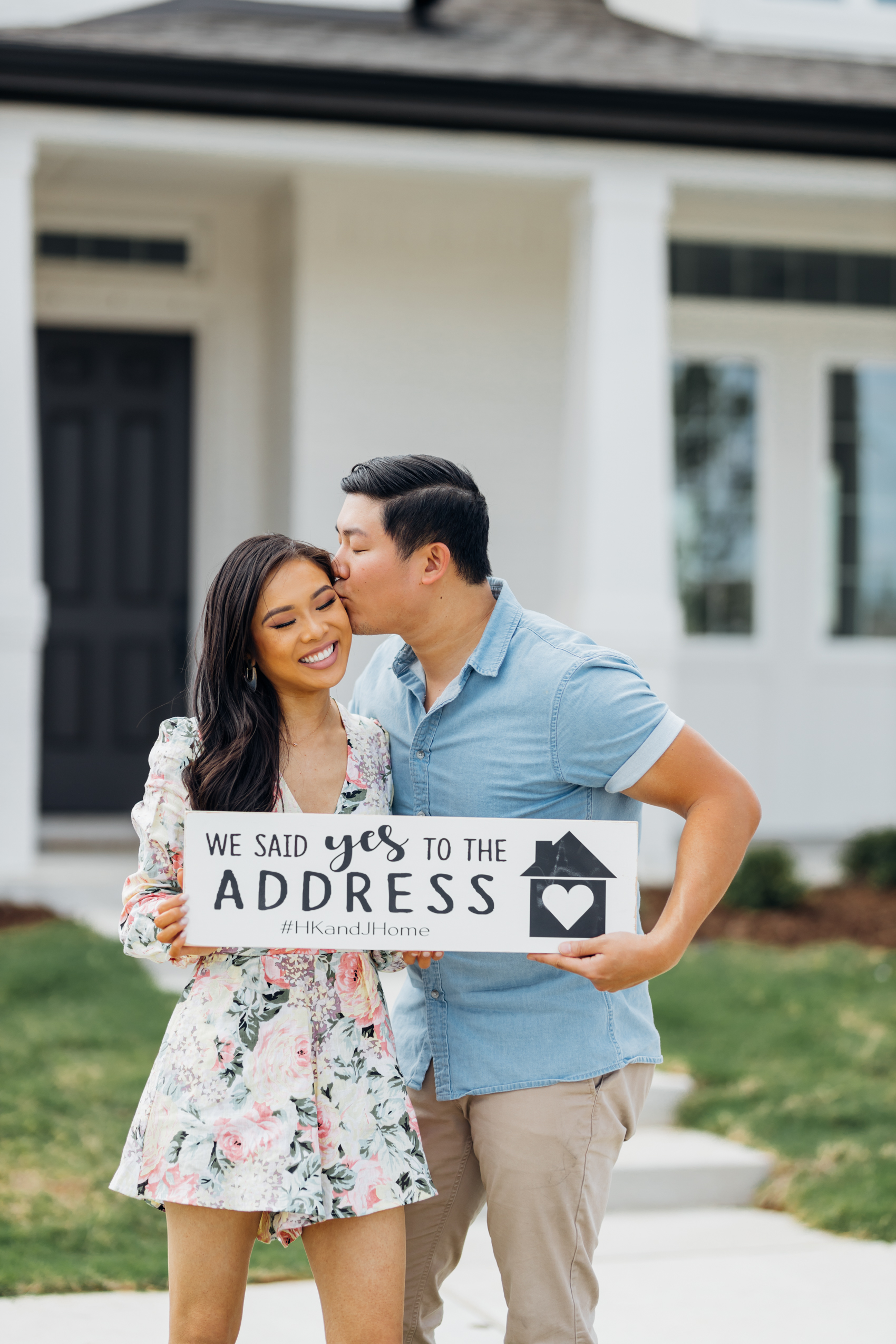
Start With The End In Mind
Now that you’ve gone through your exploration phase, you can start with the end in mind that matters: your actual budget for the house. Getting a budget for your potential house will help you answer how much you’ll need to save for your down payment.
Beyond your baseline mortgage payment that’s spit out by the calculators are your fully-loaded costs per month. This is your mortgage payment, property taxes, property mortgage insurance and homeowners insurance. If you’re really savvy and responsible you’ll tack on about 10% for maintenance.
How does this look in practice? If you’re looking at a $400,000 home, here’s a quick breakdown of what that could look like if you’re putting 10% down:
Assumptions
30 Yr Fixed Mortgage Rate: 3.2% (subject to timing and your creditworthiness)
Down Payment: 40,000
Loan Amount: 360,000
Property tax rate: ~1.8-2.5% in DFW. Used 2% in this example.
Breakdown
Mortgage (principle + interest): $1576
Mortgage insurance (PMI): $150/month
Property taxes = $667
Homeowners Insurance: $83
HOA fee: $50
Total Monthly Payment: $2526
Use this Mortgage Calculator if you want to use your own assumptions.
The main factor driving down your monthly payment is the size of your down payment.
If you put down 25% down and all the assumptions stay the same, your total monthly payment would be $2117.
Interest rates can be a material factor, but there’s not a lot of room for lower interest rates to fall and more room for them to go up in the future.
If you put down 10% and interest rates hit an all-time low of 2.5%, the total monthly payment is $2392. In the same scenario and interest rates are at 5%, the total monthly payment is $2902. I don’t have a crystal ball, but the Federal Reserve setting the rates has said they project keeping interest rates where they are for the next 2-3 years as the economy recovers.
Now that you have an idea of how your down payment affects your total monthly payment, you can get a feel for the size of the down payment you want to save for.
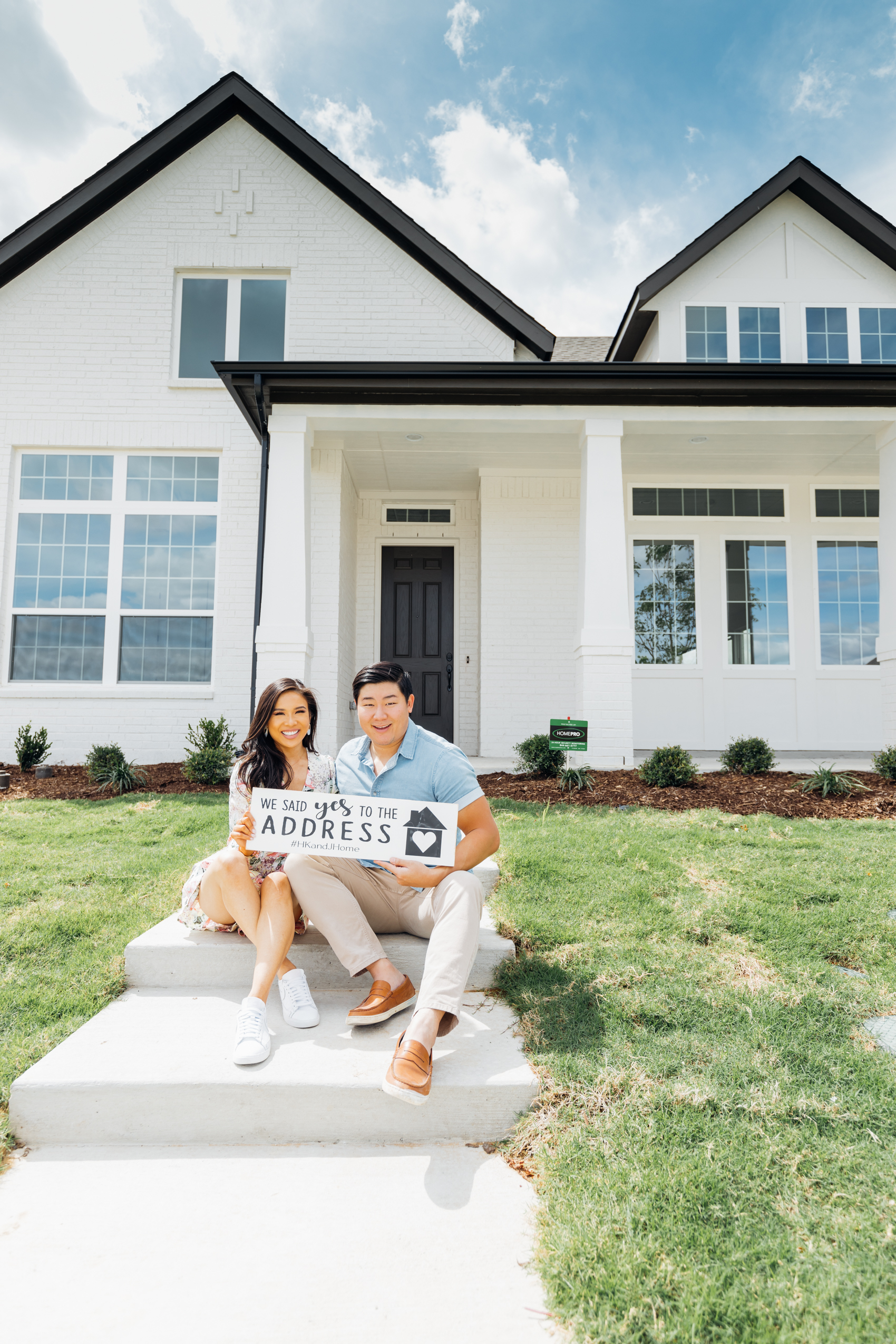
Dispelling a Few Myths (Personally)
You’ll read a lot the best practice when buying a home is to save 20% for your down payment and others swear by the 15-year fixed mortgage. We not religious about these rules. You choose for yourself what tool works for your life journey. What’s important is you understand why each rule exists and how to apply it.
One thing that’s not well understood is you can bring as low as 3.5% down if you qualify for an FHA loan and have more than a 580 credit score. While I don’t recommend bringing this little down, for some it’s a great path to homeownership.
For us, we wanted to put ~10-20% down. We didn’t have a hard rule on this because it was more important to us to get into a house we loved than have the rule of 20% rule our lives.
At the time of signing the contract to build our home we only qualified for a bank statement loan. We would have paid 6-7% interest, which for many people is insane, but this is another example of how much we wanted to buy a home and we knew we would finance or change the structure soon after.
That bank statement loan was no longer offered because of the unstable market just one month out from us closing on our home. While my heart did backflips and I felt a huge sinking feeling, Johnny remained hopeful. I quickly filed taxes for the 2019 fiscal year to prove a higher income and stability. Luckily, what happened was we eventually qualified for a 30-year fixed-rate loan drastically changed our ongoing costs, but it didn’t change our down payment requirements.
Now that you have a clear understanding of the kind of house you want and a budget range for the home and your total monthly payment, you can FINALLY get a hard number to save against.
So whether it’s $10k, $25k, $50k, or even more, you can work backward. Now let’s reverse engineer that journey.
Bonus:
One note I have to make is you have to add in closing costs which include a bunch of one-time fees and the real estate agents fees that eat into the down payment. Someone will inevitably say “it’s covered by the mortgage,” and what that really means is it’s eating into your down payment. What that looks like is you’ll close without issues, but your 10% down payment may end up looking more like 7-8% because closing costs are 2-5%.
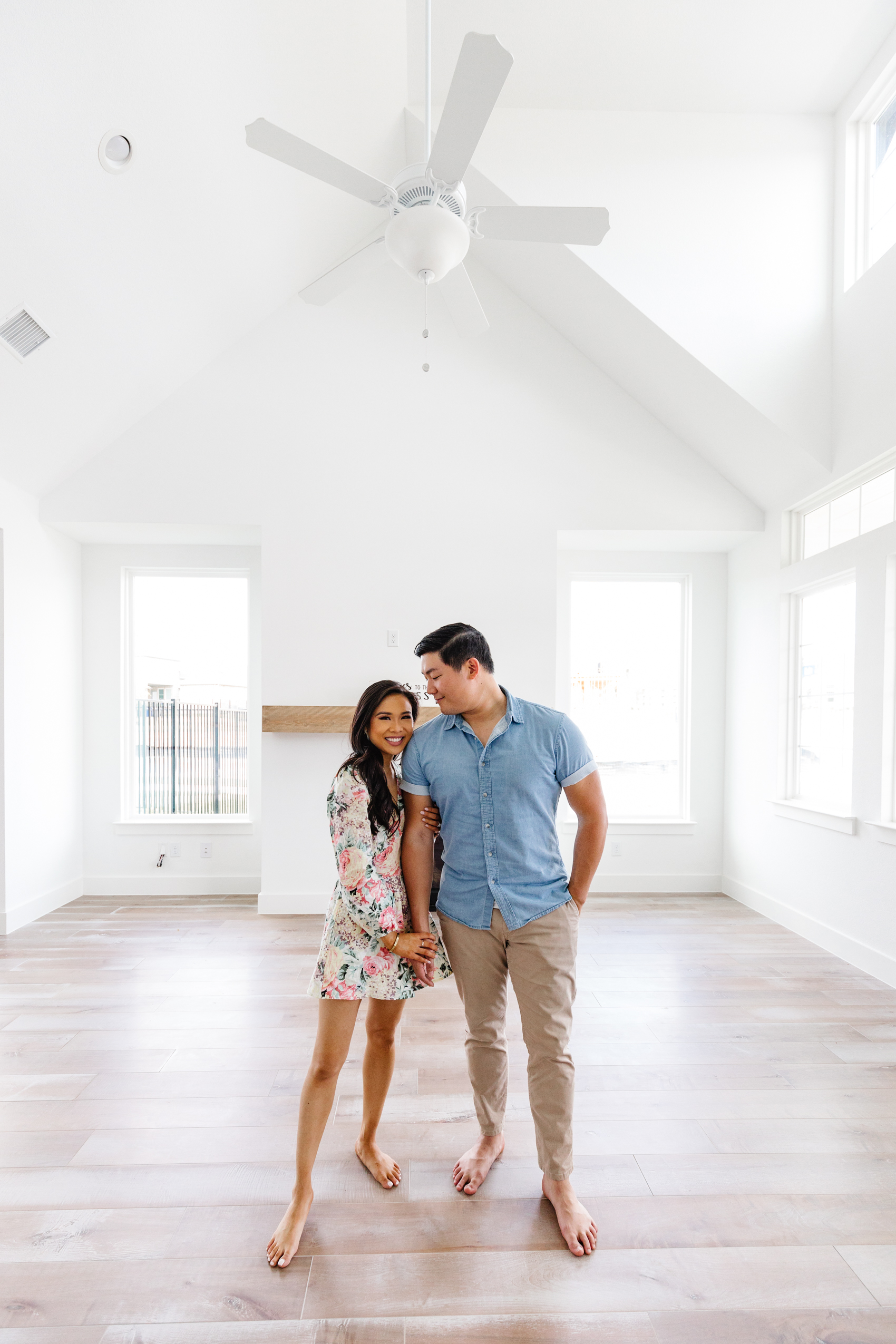
How to Save For a Down Payment
The rule of thumb is you should save 20% for your down payment. While this is a great rule, it’s not set in stone and for many today, it’s just not realistic. For some of you, your income could be on the rise and you know you may be earning much more in two years than you are right now. Maybe you’re a business owner and you would rather have liquid so you can better invest in your business, which could change you financial circumstance.
Let’s use the same numbers we used earlier so we can stay consistent and if you’d like to be more aggressive you can do so.
$400,000 home and saving for 10% down = $40,000.
That’s a good chunk of change, but not impossible. One of the biggest factors will be what your current savings rate is, then if you’re blessed to have parents, siblings, bosses, etc. who want to contribute gift funds (it’s tax-free up to $15k per person). I’ll focus on your savings rate as that’s in your control, but don’t be afraid to have folks help you on this journey.
Let’s assume you have a household income of $100,000 for simplicity’s sake. You might be saving 10% annually for things like your emergency fund, retirement, etc. That’s $10,000.
Can you increase your savings rate to 20%? That’s an additional $10,000 annually. At that rate, you’ll have your down payment in four years. A little slow for most people if you’re starting from $0. If you’re reading this, you likely have somewhat of a nest egg saved up so you’re not just starting at $0. A lot implicitly goes into increasing your savings rate, but it’s the short answer to saving for your down payment. Where do you need to reallocate other buckets of savings? Where do you need to cut back on monthly spending to put toward your down payment instead? The more you’re willing to save today, the faster you’ll master how to save for a down payment.
Saving Aggressively
In our household, we strive to save 20-40% of our income every month. We consider this “paying ourselves” first.
What did saving this aggressively look like? It’s actually not as boring as you’d imagine. A lot of it has to do with asking yourself the big-money questions like the considerations I wrote about in sections 1 and 2. We chose an apartment that fit our needs and budget and could also help grow our businesses. That was our biggest money decision that affected everything else. The second big money decision that helped us save was that we haven’t updated our well-maintained and reliable cars since ~2010. I paid off my car shortly after college and haven’t had any payments since. Any dollar not going into a car payment went toward our savings and ultimately the downpayment of our house.
Continue to ask yourself “big money questions” on your journey to saving for your down payment. If you can change your lifestyle or keep from lifestyle inflation as you grow your income, you’re going to get there sooner than you think.
Another realistic consideration is how you’re allocating your ongoing retirement investments and whether you might be able to funnel some dollars into the down payment bucket. There’s some tax considerations here and I’m not an expert, but this goes back to what your priorities are today and how you can get where you’re going. Leave no stone unturned.
Earning More
The second thing to consider in how to save for a down payment is earning more. Either as a household or an individual, you need to ask yourself about how you can earn a bonus, get a raise, build a side hustle or maybe take a second job.
One way to think about it is that $1,000/month in earnings or $12,000/year is equal to 3% yield on a $400,000 portfolio. At this stage in your life, you have the earning power to find a way to make an extra $1,000 per month than trying to find yield. You can start by thinking about liquidating some items you may not need. Some clothes that would typically be donated or collecting dust can find a new home via Poshmark. Have some furniture or items in the garage you’d better part with? Sell it for an extra $100-$500 this month. Ever seen Gary Vee flip items from garage sales?
If you’re willing to put in the time and your job allows it, potentially do some freelance work using your skills. Edit photos, write copy, do some contract engineering. If you’re really enterprising you can do something as simple as delivering goods on the weekend to earn a few hundred dollars every week. You’d be surprised how much people will pay for decent yard work, organization work, eldercare, babysitting. I’m not joking about the eldercare part since I cannot find a good companion for my Dad who isn’t someone in our family and I’m willing to pay $20 an hour. Get your side hustle going and you’ll realize how much you’ll accelerate your journey.
Insight from Johnny
For Hoang-Kim and I our journey focused on growing our own businesses to accelerate cash flows leading up to our down payment. I’d say Hoang-Kim was more worried than I was about this. She’s very focused on today and I’m constantly projecting and doing some form of scenario analysis. When bank statement loans got canceled all across the nation, she was devastated and pretty stressed about whether we’d be able to close. I told her that I already did the math a few months ago that we’d qualify for a conventional 30 yr fixed rate mortgage given the trajectory of our lives. That didn’t ease her feelings until we got the mortgage broker on the line who gathered our information and told us that we’d qualify and they could help us close on our timeline. She trusts me a bit more now projecting things hah!

Securing that Loan
Having the right mortgage broker is critical in getting the best rate and more importantly for closing on time. The preparation and time to close is what can make or breaks your bid for a home, so get the right partners. I’d like to take this time to shamelessly plug our friend Monty with CrossCountry Mortgage. He can help you regardless of where you live in the good ol’ United States of America and he’s just a great guy overall. He’s also funny, too. They both helped us close on the dot, saved us closing costs, and got us the absolute best rate. Same when it came to a last-minute closing for my parents’ house. Fill out this form and you’ll get a phone call from him. He’s an expert and can quickly help you get comfortable with the process to start exploring and most importantly help you understand how much you can qualify for.
Regardless of whether you work with Monty or not, always get a bid from 2-3 mortgage brokers. It’s a highly competitive process and the vendors all know it. They will all price match as best they can or even just lose and bow out gracefully. If you can, treat it as strictly business. I know it’s tough when it feels like your mortgage broker is your friend on this journey. These are big money decisions so treat them as such. Is this relationship worth $50k+ over your lifetime?
Being on the path to buying your first house is an exercise in forethought and long-term thinking. It’s why homeowners and married couples have cheaper insurance rates across the board. The data shows people who buy homes are a lower risk and more secure in their lives.
I hope this post acts as a guidepost for your home buying journey on how to save for a down payment. We love getting your stories when you buy your home and what you plan to do to turn your house into a home. We’re always here to answer questions and share our experiences.
Let us know what you’d want to learn more about next in the comments below. We’re always looking for ways you can master your money so your money doesn’t master you. While learning how to save for a down payment is a big thing, it’s only the beginning. If you’ve made it this far, you’re amazing and we’d love to do something special for you. We’ll do a little giveaway of sorts. Until Saturday, May 1, leave a comment on this post with what you’d want to learn next, like and comment on all Instagram feed posts from that week and we’ll choose one of you to give a $300 World Market gift card to! I’ll also help the winner by designing a space using pieces from World Market!



